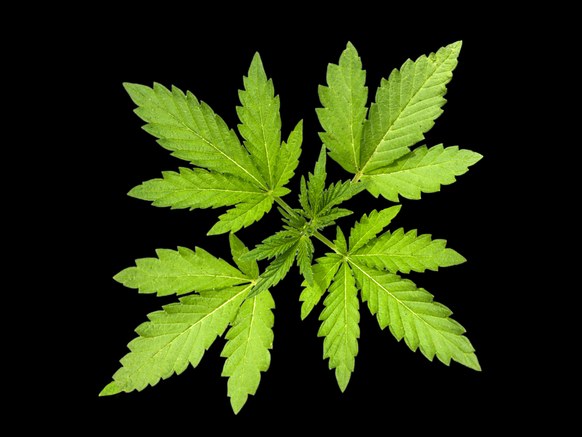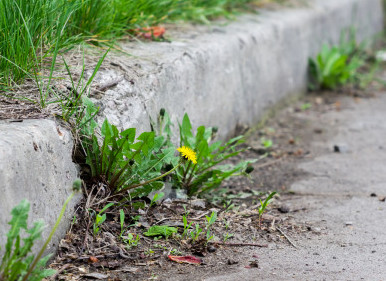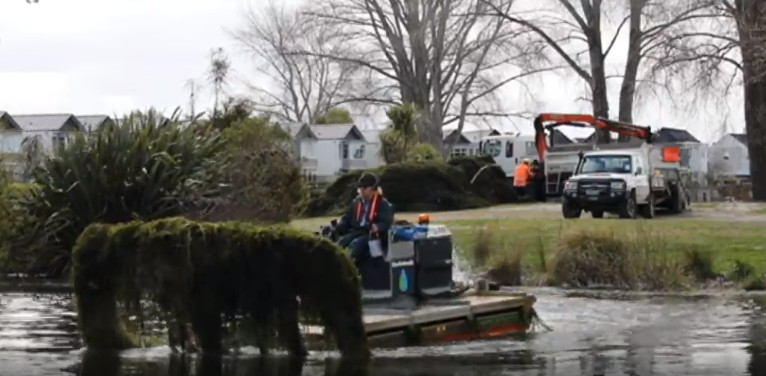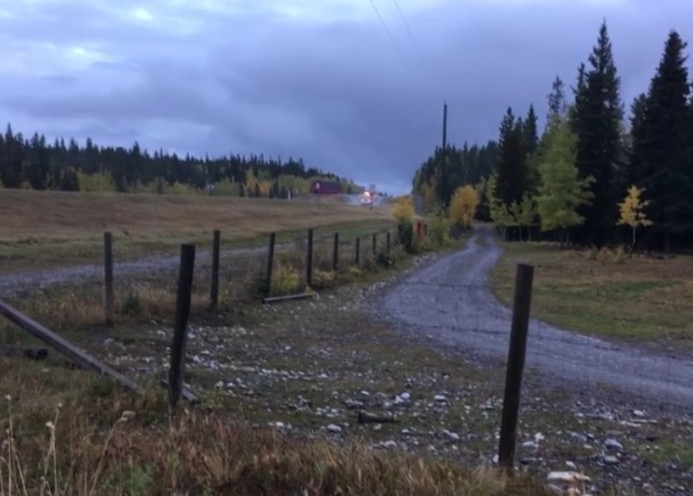It’s that time of the year. The time of the year where everyone is out in the yard trying to get it back into shape as it continues to green up. Of course, there is always a weed problem to manage. This year, bur clover (medicago polymorpha) has been a true nemesis. With all the winter rains, many cool- and now warm-season weeds have invaded our home landscape turf. There are some basic things you can do to make lawn management for weeds possible.
Remember, turf grasses generally don’t get actively growing until soil temperatures reach 70-75 degrees. Before soil temperatures get warm enough, weed competitors are growing and making your yard look a little messy. The following is an excerpt from an article from Richard Duble, retired turf specialist:
“Aggressive competitors for sunlight, moisture and nutrients and prolific multipliers even under adverse conditions, weeds present a challenge for even the most diligent managers of lawns. The color, texture and growth rate of weeds often contrast markedly to those of the lawn they may be associated with in a lawn. Consequently, weeds detract from the uniformity of a lawn and add to its maintenance requirements.
“In lawns and sports fields, weeds are often the result of poor quality turf, rather than the cause of poor turf. The aggressive nature of weeds and their prolific reproductive capacity enable them to invade thin, weak turf areas. Cultural practices should always be viewed as the first step to effective weed control. Always determine why weeds established a foothold and correct those deficiencies.
“If the basic problem is not corrected, weeds will continue to occur. An effective weed-control program also requires identification of the undesirable species as to its classification as a grassy weed, a broadleaf weed, an annual, or a perennial. Most turf and lawn weeds belong to two principal categories – grasses and broadleaf plants. Chemical controls for these two categories of plants frequently differ.
“Grassy weeds have jointed, hollow stems; leaf blades have veins parallel to leaf margins, and are several times longer than they are wide; roots are fibrous and multi-branching; and flowers are usually inconspicuous. In contrast, broadleaved plants often have showy flowers; leaves have a network of veins at diverse angles to one another; stems are often pithy; and a taproot is usually present.
“Another group of turf weeds, sedges, have grass-like characteristics, but require a different group of chemicals for control. Sedges (and there are many sedges) are characterized by three-sided stems (triangular cross-section), which bear leaves in three directions.
“Weeds can be further grouped according to their life span into annual or perennial. From the standpoint of chemical control, the grouping is most important, because pre-emergent herbicides are only effective for control of annual weeds. Annual weeds germinate from seed each year, mature in one growing season, and die in less than 12 months. Crabgrass and henbit are examples of annual weeds – crabgrass being a summer annual and henbit being a winter annual. Pre-emergent herbicides must be applied according to the expected date of emergence for each targeted species.
“Perennial weeds live more than one year, and recover or regrow from dormant stolons, rhizomes, or tubers as well as from seed. Control of perennial weeds requires a postemergent herbicide during its season of active growth.
“Effective chemical weed control requires identification of the weeds as to their classification (grass, broadleaf, sedge, etc.), life span (annual or perennial) and season of active growth (cool season or warm season). Effective chemical control also requires accurate timing of applications, proper rate of application and uniformity of application. Always follow label directions for a product, and observe all warnings and precautions relative to safety of the application. Herbicide labels should be carefully reviewed for additional details on specific uses of each product.”
We offer weed identification here at the Victoria County Extension Office. Please call us at 361-575-4581. Try and combat the saying, “I fought the lawn and the lawn won.”
Source: “Weed Control in Turf,” Richard L. Duble, Turfgrass Specialist retired, Texas A&M Agrilife Extension
Credit: victoriaadvocate.com













